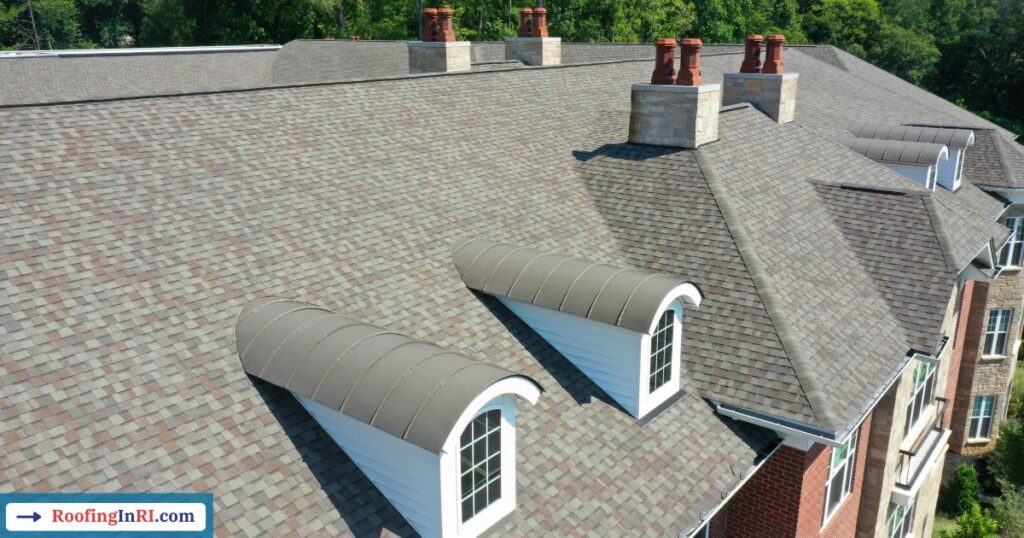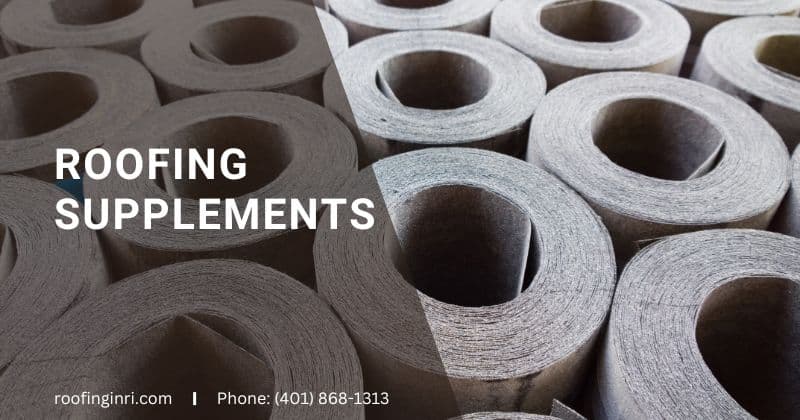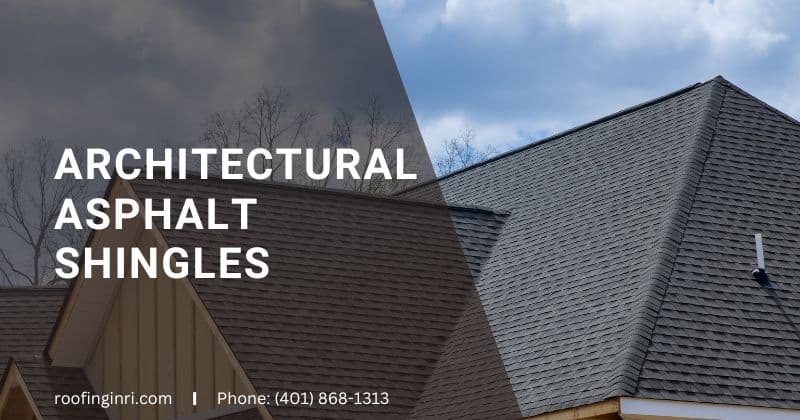A roof cricket, also known as a saddle, is a small, sloped structure designed to divert water from areas where it might otherwise pool, such as the backside of a chimney or other roof extensions. Roof crickets are typically installed on pitched roofs and are integral to preventing water damage and prolonging the life of a roof.
What is the purpose of a roof cricket?
The primary purpose of a roof cricket is to direct water and debris away from vulnerable areas of the roof. When water pools around the base of a chimney or another structure, it can lead to leaks, rot, and deterioration of roofing materials.
Roof crickets eliminate this risk by creating a slope that channels water toward the roof’s drainage system, such as gutters or downspouts.
Read also: Why do you need an ice and water shield on the roof?
What does a roof cricket look like?
A roof cricket resembles a miniature gable roof (with two sloping sides that meet at a ridge to form a triangular shape). It typically features a triangular or ridged shape, with its apex pointing upward to create a slope.
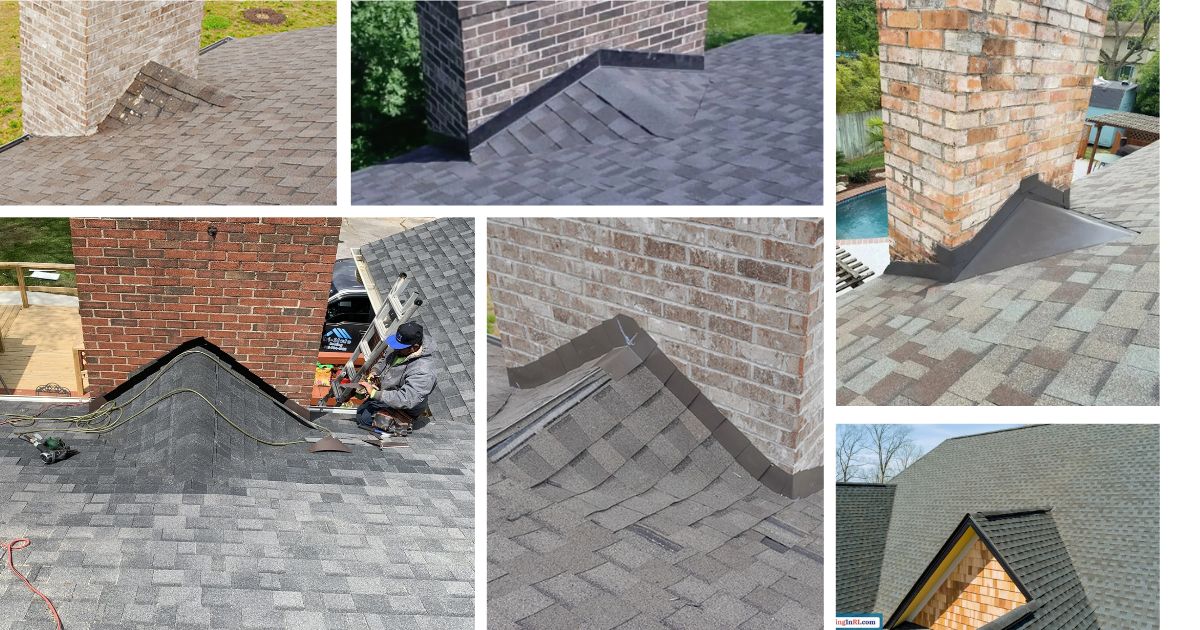
The dimensions and shape of a roof cricket depend on the size of the protrusion it’s designed to protect and the roof’s overall pitch.
Read also: What causes condensation on the ceiling and their prevention?
What are crickets on a flat roof?
On flat roofs, crickets serve a similar purpose but are used more broadly to direct water away from HVAC units, vents, or other equipment. Unlike crickets on pitched roofs, which are often localized to specific areas, flat roof crickets may be part of a more extensive drainage system to prevent water pooling across the roof’s surface.
Learn more about flat roof cricket→
How does a roof cricket work?
A roof cricket works by creating an angled surface that prevents water from accumulating in low-lying areas. When rain or snow hits the roof, the cricket’s slope guides the water toward the roof’s drainage points.
This action helps to prevent leaks, ice dams, and other moisture-related issues.
Learn about roofing square→
What type of roofing material is used on a roof cricket?
The materials used for a roof cricket typically match the existing roofing material for a seamless appearance and consistent performance. For instance:
- Asphalt shingles are the most common for homes with shingle roofs.
- Metal panels may be used for metal roofs.
- EPDM or TPO membranes are often applied for flat roofs. The material selection ensures durability and compatibility with the surrounding roof.
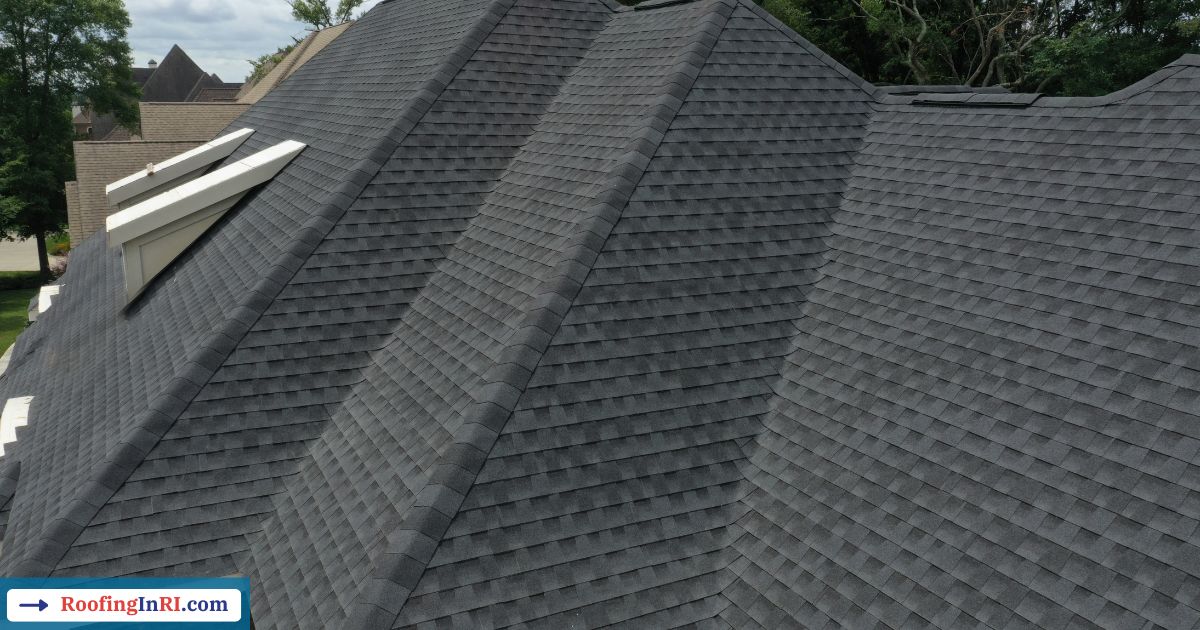
Do you need a cricket on your roof?
Whether you need a roof cricket depends on your roof’s design and the presence of features like chimneys, vents, or skylights. Any structure obstructing your roof could benefit from a cricket to prevent water pooling.
Building codes in many regions require crickets on chimneys wider than 30 inches, but even if not mandated, installing one is a wise choice for protecting your roof.
Do all chimneys need a cricket?
Not all chimneys require a cricket. Smaller chimneys may not need one if they don’t obstruct water flow significantly.
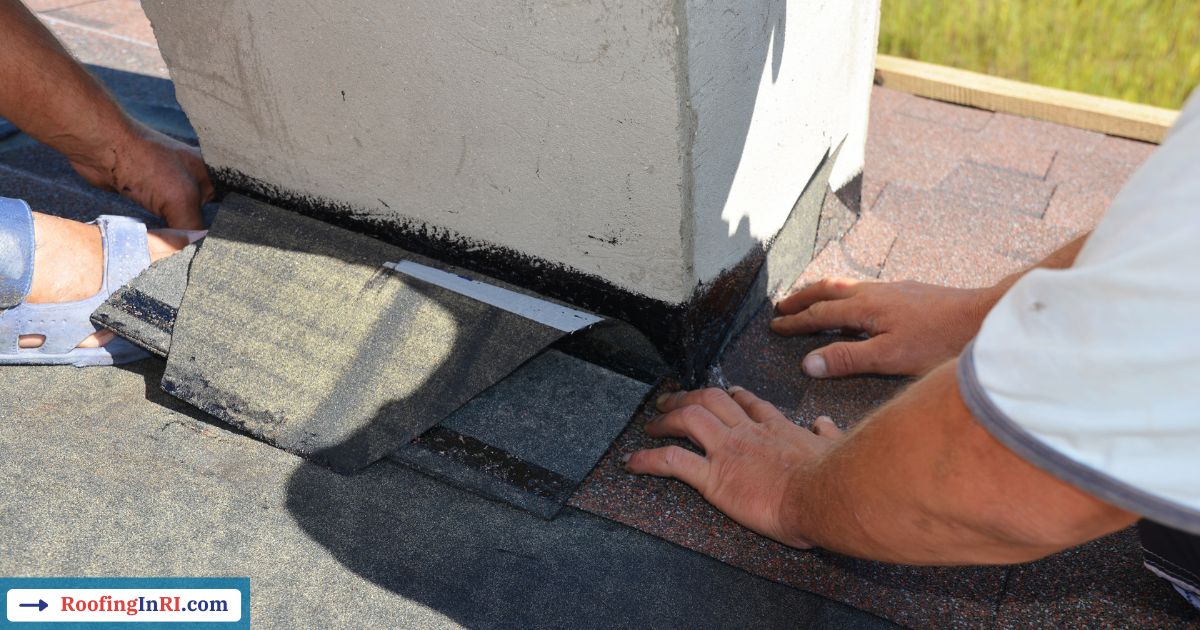
However, for larger chimneys, especially those wider than 30 inches, crickets are strongly recommended or required by building codes to prevent water accumulation and leaks.
Learn why icicles form on gutters→
What is the average cost of a roof cricket?
The cost of installing a roof cricket varies depending on the materials used, roof pitch, and labor rates.
On average, homeowners can expect to pay between $150 and $500 for a roof cricket installation. Larger or more complex projects may cost more, especially if you need custom materials or designs.
How do you get rid of crickets on your roof?
If you’re experiencing issues with insects rather than structural damage, the solution typically involves addressing moisture issues and sealing entry points.
Repairs or removal are rarely necessary for structural roof crickets unless they were improperly installed or damaged.
Why is your house suddenly full of crickets?
If your house is suddenly full of crickets, it’s likely due to environmental factors like seasonal changes, high humidity, or gaps in your home’s exterior that allow insects to enter. This is unrelated to structural roof crickets but may indicate a need to properly seal your roof and other openings.
Read also: What is roof decking?
What is the lifespan of a roof cricket?
The lifespan of a roof cricket matches the lifespan of the roof material used to construct it. For example:
- Asphalt shingles typically last 20-30 years.
- Metal roofs can last 40-70 years.
- Flat roof membranes generally last 10-30 years. Proper maintenance can extend a roof cricket’s lifespan.
Benefits of installing a roof cricket
- Prevents water pooling: Protects vulnerable areas from water damage.
- Reduces maintenance: Minimizes the risk of leaks and costly repairs.
- Improves roof lifespan: Keeps roofing materials in better condition.
- Enhances drainage: Improves overall water management on the roof.
How did it get its name?
The naming convention of it is a mystery. You can check more details about its naming history on iko (shingle manufacturer).
Installing a roof cricket is a proactive way to protect your home and ensure that your roof performs optimally for years. If you’re unsure whether your roof needs one, consult a professional roofer to evaluate your situation.

